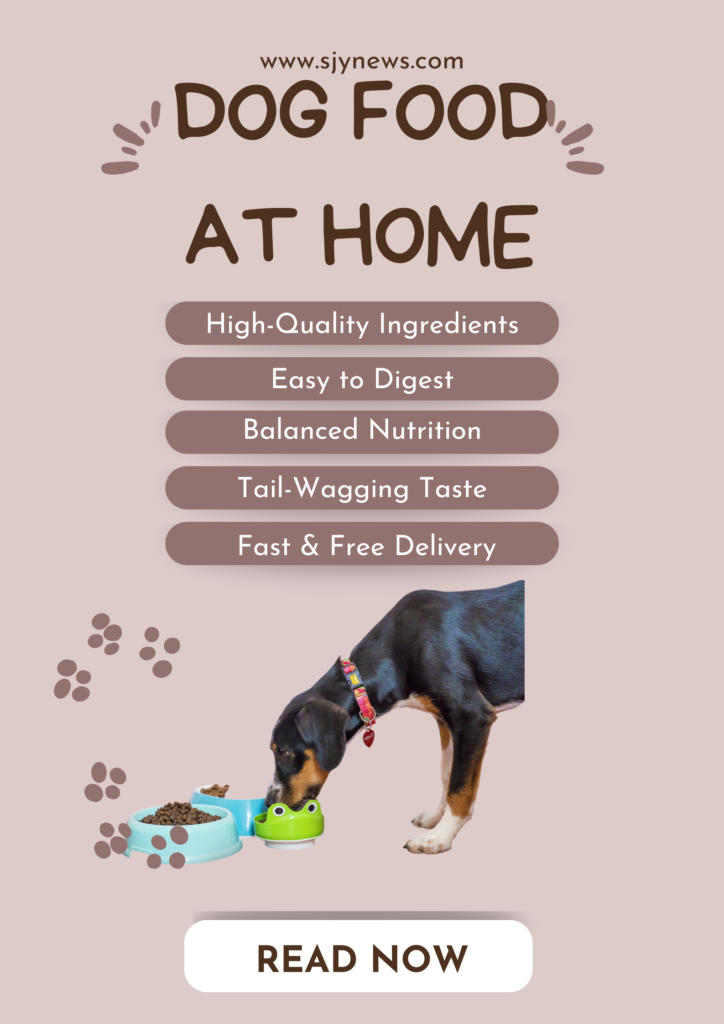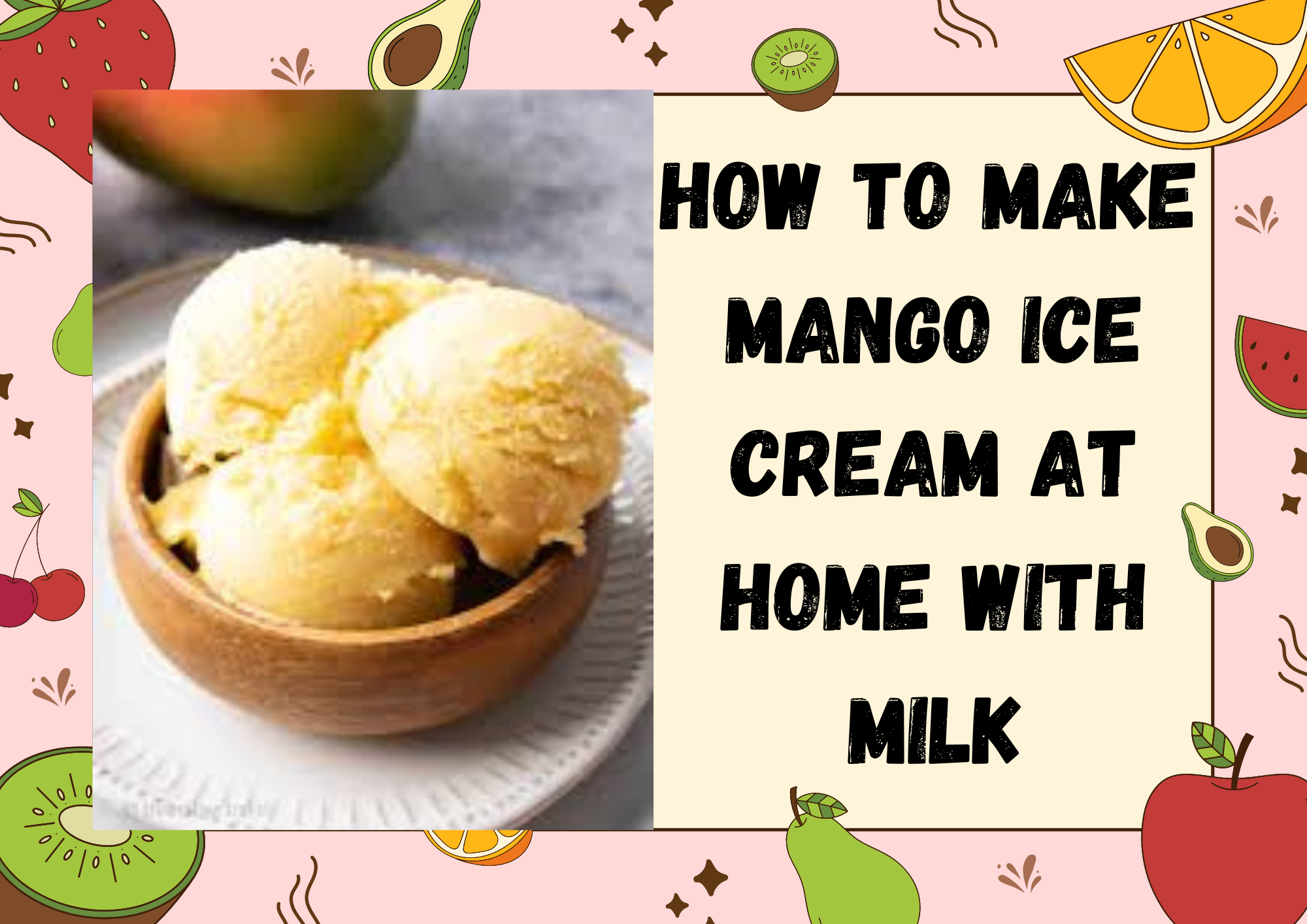
Ultimate Guide to Making Dog Food at Home
In recent years, more pet owners are turning to homemade dog food as a healthier and cost-effective alternative to commercial options. Making dog food at home allows you to control the ingredients, ensuring your furry friend gets nutritious and wholesome meals tailored to their needs. Sometimes people fear whether if the home made food can make their dog sad or not . You do not need to worry at all .This comprehensive guide will walk you through everything you need to know about making dog food at home, from ingredients and recipes to nutritional considerations and FAQs.
Why Make Dog Food at Home?
1. Control Over Ingredients
By preparing dog food at home, you have full control over what goes into your dog’s diet. You can choose high-quality ingredients and avoid fillers, additives, and preservatives commonly found in commercial dog food.
2. Customization
Home made dog food allows you to tailor meals to your dog’s specific dietary needs, preferences, and allergies. This customization can be especially beneficial for dogs with sensitive stomachs or medical conditions.
3. Nutritional Quality
Ensuring your dog receives a balanced diet is easier when you make their food at home. You can include a variety of proteins, vegetables, and grains to meet their nutritional requirements.
4. Freshness
Homemade dog food is often fresher than store-bought options, which can improve palatability and nutrient retention.
5. Cost Savings
While initial costs may vary, making dog food at home can be more economical in the long run, especially if you buy ingredients in bulk or use leftovers.
Ingredients for Homemade Dog Food
When preparing homemade dog food, it’s crucial to include a variety of ingredients to ensure balanced nutrition. Here are key components to consider:
1. Proteins
- Lean Meats: Chicken, turkey, beef, lamb, or fish (cooked and deboned).
- Organ Meats: Liver and kidney (in moderation).
- Eggs: Excellent source of protein and essential amino acids.
2. Vegetables
- Leafy Greens: Spinach, kale, and broccoli (steamed or pureed).
- Root Vegetables: Carrots, sweet potatoes, and squash (cooked and mashed).
- Other Vegetables: Peas, green beans, and zucchini (chopped finely).
3. Carbohydrates
- Grains: Brown rice, quinoa, oats, and barley (cooked).
- Legumes: Lentils and chickpeas (cooked and mashed).
4. Fats
- Healthy Oils: Olive oil or flaxseed oil (for essential fatty acids).
5. Supplements (Optional)
- Calcium: Ground eggshells or calcium supplements.
- Vitamins and Minerals: Consult your vet for appropriate supplements.
For more information visit our website http://www.sjynews.com
Recipes for Homemade Dog Food
Here are two simple recipes to get you started:
Recipe 1: Chicken and Sweet Potato Delight
Ingredients:
- 1 lb chicken breast (cooked and shredded)
- 2 cups sweet potatoes (cooked and mashed)
- 1 cup peas (cooked)
- 1 tbsp olive oil
- Optional: Calcium supplement as per vet’s recommendation
Instructions:
- Combine all ingredients in a large bowl.
- Mix thoroughly until well combined.
- Serve appropriate portions to your dog based on size and dietary needs.
- Store leftovers in the refrigerator for up to 3 days.
Recipe 2: Beef and Vegetable Stew
Ingredients:
- 1 lb lean ground beef (cooked)
- one cup brown rice (cooked)
- one cup carrots (diced and cooked)
- 1 cup green beans (chopped and cooked)
- 1 tbsp flaxseed oil
- Optional: Calcium supplement as per vet’s recommendation
Instructions:
- In a skillet, cook ground beef until browned and fully cooked.
- Add cooked rice, carrots, and green beans to the skillet.
- Drizzle with flaxseed oil and mix well.
- Allow to cool before serving to your dog.
- Refrigerate any leftovers for up to 3 days.
Nutritional Considerations
When preparing homemade dog food, it’s essential to ensure it meets your dog’s nutritional requirements:
- Protein: Essential for muscle maintenance and overall health.
- Carbohydrates: Provide energy and fiber.
- Fats: Source of essential fatty acids.
- Vitamins and Minerals: Ensure a balanced intake through ingredients or supplements.
Consult with your veterinarian to create recipes that are tailored to your dog’s age, weight, breed, and health conditions.
FAQs about Making Dog Food at Home
1. Is homemade dog food nutritionally complete?
Homemade dog food can be nutritionally complete if properly balanced. Consult with your vet or a veterinary nutritionist to ensure your recipes meet your dog’s needs.
2. How do I transition my dog to homemade food?
Gradually introduce homemade food by mixing it with your dog’s current diet over 7-10 days to avoid digestive upset.
3. Can I feed my dog raw meat in homemade food?
Raw meat can carry bacteria harmful to dogs and humans. Cook all meats thoroughly before feeding.
4. How much homemade food should I feed my dog?
Portion sizes vary based on your dog’s size, age, activity level, and health. Follow guidelines from your vet and adjust as needed.
5. Can I freeze homemade dog food?
Yes, homemade dog food can be frozen in individual portions for convenience. Thaw in the refrigerator before serving.
Conclusion
Making dog food at home can be a rewarding experience for both you and your furry companion. By prioritizing quality ingredients and balanced nutrition, you can provide a diet that supports their overall health and well-being. Remember to consult with your veterinarian to ensure your homemade recipes meet your dog’s specific dietary requirements. With careful planning and preparation, you can give your dog the gift of wholesome, homemade meals every day.



